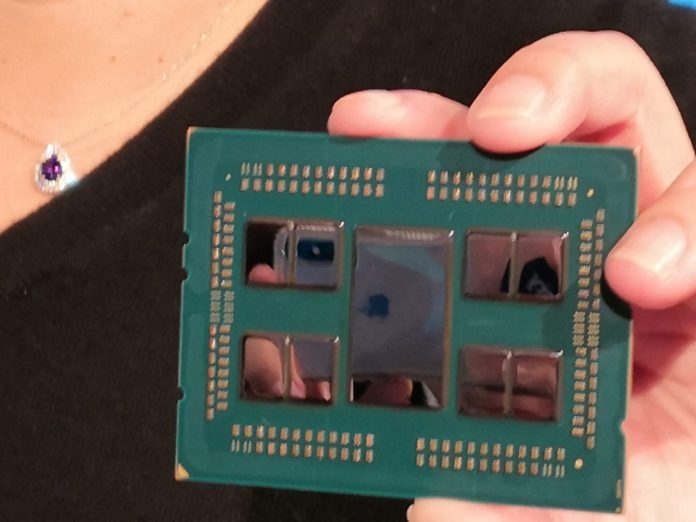Last year, AMD marked the return to servers with the launch of 1st generation Epyc 7001 series CPUs. They offered similar or better performance against their competing Xeon products which gave us a taste of what was to come. This time with their 2nd gen Epyc Rome parts, the company is once again stepping up their game, ready to leave Intel in the dust.

In this section, we look at the architectural differences in Zen 2 compared to Zen 1. These changes are fundamental to all Zen-based products in some form or the other.


Unlike 1st gen, 2nd gen Zen has a separate I/O die which eliminates the massive bottleneck previously caused by CCX-I/O inter-communication. Zen 2 also uses 8-core
If we do the math, there are 4 dies and each die has 2 CCDs, and each such CCD consists of 8 cores. So, 4x2x8 = 64, which is the maximum number of cores possible on a single Rome CPU.

The above image is self-explanatory. Essentially, lower Non-Uniform Memory Access or NUMA points will help to access memory bandwidth across all cores more efficiently now compared to 1st gen Epyc CPUs. As a result, it is likely to perform better across a multitude of workloads.
Next, we look at a few benchmarks.





After looking at the performance numbers, it can be said that AMD has once again pulled a rabbit out of its hat and it is hardly surprising at this point since they have been doing so for the last couple of years. Intel’s response seems rather weak in contrast and analysts predict a massive swing of market share in favor of EPYC at the expense of Xeons.
Only time will tell if that turns out to be an accurate projection.
Since the advent of Ryzen, AMD has been gaining ground steadily in the desktop segment of the market. Revenue-wise, though, this pales in comparison to the treasure trove that is present in the Data Center and Server space. As such, the company is trying their best to meaningfully break into it. Intel has been dominating servers for more than a decade and now AMD wants a piece of that pie too.
Read more:


